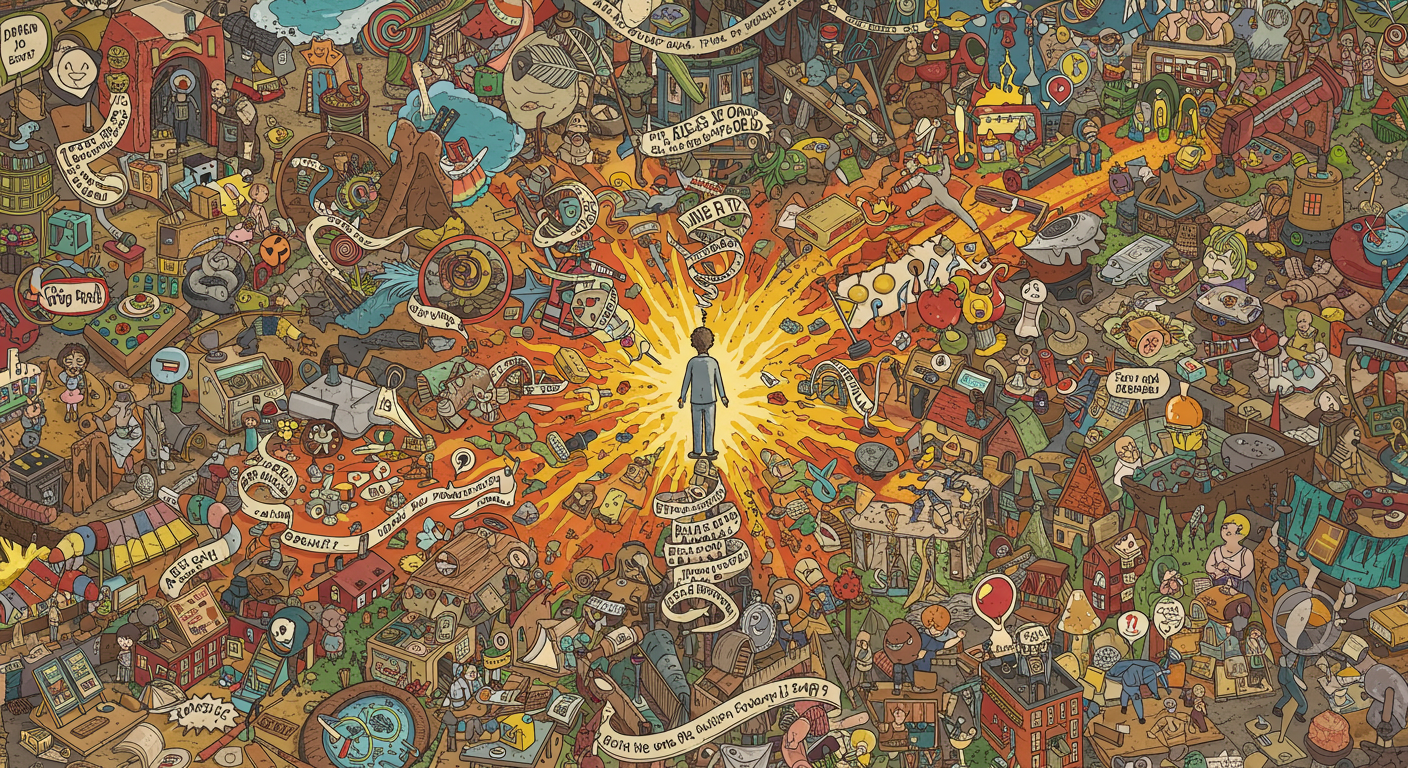What Is It?
Hyperfixation is an intense and prolonged focus on a specific interest, activity, or subject—often to the exclusion of everything else. It’s commonly associated with ADHD, autism, and other forms of neurodivergence. During an episode, time may disappear, hunger is ignored, and switching tasks becomes incredibly difficult.
Unlike general enthusiasm or “flow,” it can feel consuming and difficult to control. It can bring incredible joy and productivity—but also lead to burnout, neglect of responsibilities, and emotional crashes when the interest fades.

How it Differs from Hyperfocus
| Trait | Hyperfixation | Hyperfocus |
|---|---|---|
| Duration | Lasts days, weeks, or even months | Lasts hours or part of a day |
| Emotional Charge | Obsessive, can cause anxiety or guilt | Typically enjoyable and energising |
| Triggers | Internal passion or external escape | Often task-specific or deadline-related |
| Control | Harder to disengage or balance | Can often be redirected with support |
Both phenomena stem from differences in attention regulation in ADHD and autism.
Common Themes
- Video games or online content
- TV shows, fictional characters, or fandoms
- Niche academic topics or hobbies
- Creative pursuits (writing, art, music)
- Business ideas or “all-in” projects
- Health and fitness routines
It is not always a special interest—it can also be a coping mechanism during times of stress, boredom, or emotional overwhelm.
Signs You’re in a Cycle
- Losing track of time or skipping meals to stay immersed
- Constantly thinking about or researching the topic
- Difficulty switching to other tasks (even urgent ones)
- Feeling euphoric while fixated, then empty when it ends
- Neglecting sleep, hygiene, work, or social obligations
Is it a Good or Bad?
It’s both.
Benefits:
- Rapid skill development and deep knowledge
- Creative breakthroughs and innovation
- Mental escape from stress or pain
Challenges:
- Burnout or emotional crash post-hyperfixation
- Relationship strain or missed obligations
- Shame or guilt about “wasting time”
it isn’t inherently unhealthy—it’s about how it’s managed.
How to Manage Hyperfixation (Without Losing Yourself)
1. Build in Breaks and Anchors
- Use alarms, visual timers, or body-doubling to check in with reality
2. Set Micro-Boundaries
- Schedule windows of time for the fixation, followed by resets (walks, water, connection)
3. Balance Passion with Routine
- Create anchor habits around meals, sleep, and movement—even when you’re immersed
4. Journal or Voice Note the Experience
- Capture insights, reflections, and mood patterns to recognise hyperfixation cycles
5. Practice Self-Compassion
- Hyperfixation is not laziness or failure—it’s a neurodivergent response. Work with it, not against it.
ADHD, Autism, and Hyperfixation
Hyperfixation is a hallmark of many ADHD and autistic brains. It’s often misunderstood as “obsessive” or “too much”—but in reality, it’s a deep expression of passion, focus, and sensitivity.
Understanding hyperfixation as a pattern, not a flaw, is the first step toward integrating it into a healthy, flexible life.
Final Thoughts: Embrace It, Don’t Erase It
Hyperfixation can be a superpower—when paired with self-awareness and support. Instead of trying to suppress it, learn how to ride the wave with boundaries, self-care, and structure.
If you want to better understand your ADHD mind, create focus-friendly routines, and feel more in control of your energy, subscribe to our newsletter and visit adhdtribe.co.uk.
Meta Title:
Hyperfixation: What It Is and How to Manage It With ADHD or Autism
Meta Description:
Explore the meaning of hyperfixation, how it shows up in ADHD and autism, and tips to manage it without burnout or guilt.
Tags:
hyperfixation, ADHD hyperfixation, autism special interests, ADHD focus cycles, neurodivergent productivity, managing hyperfocus, ADHD energy management, autistic traits, ADHD support UK, intense interests







